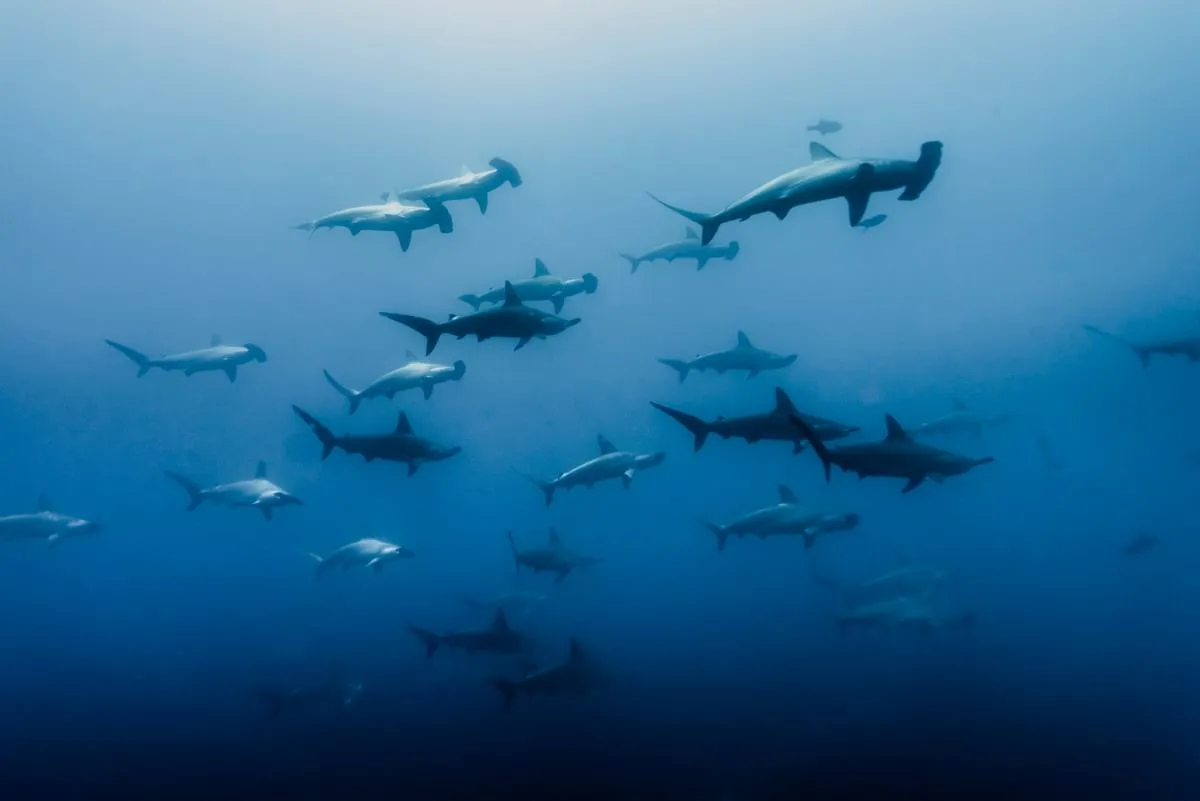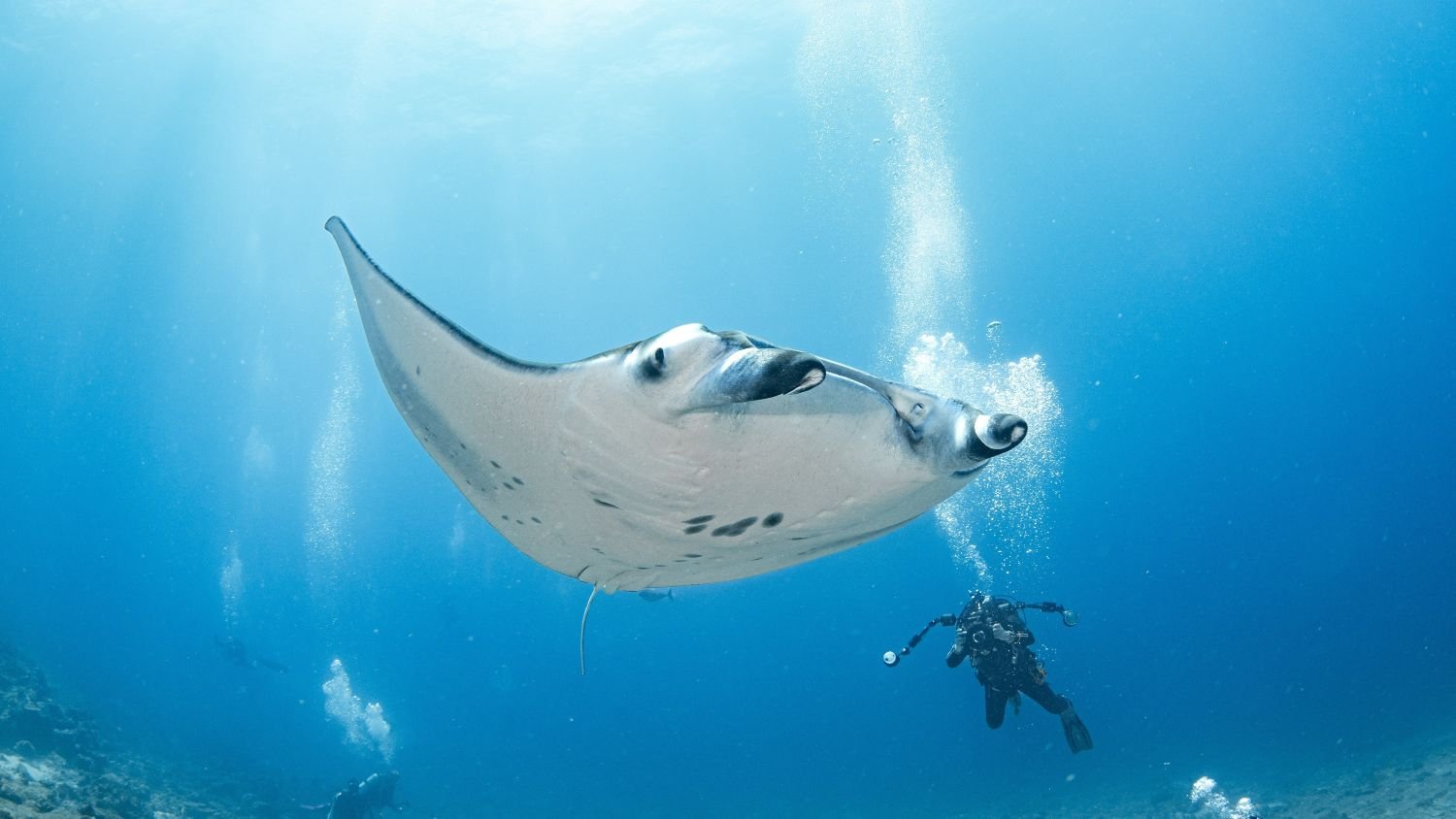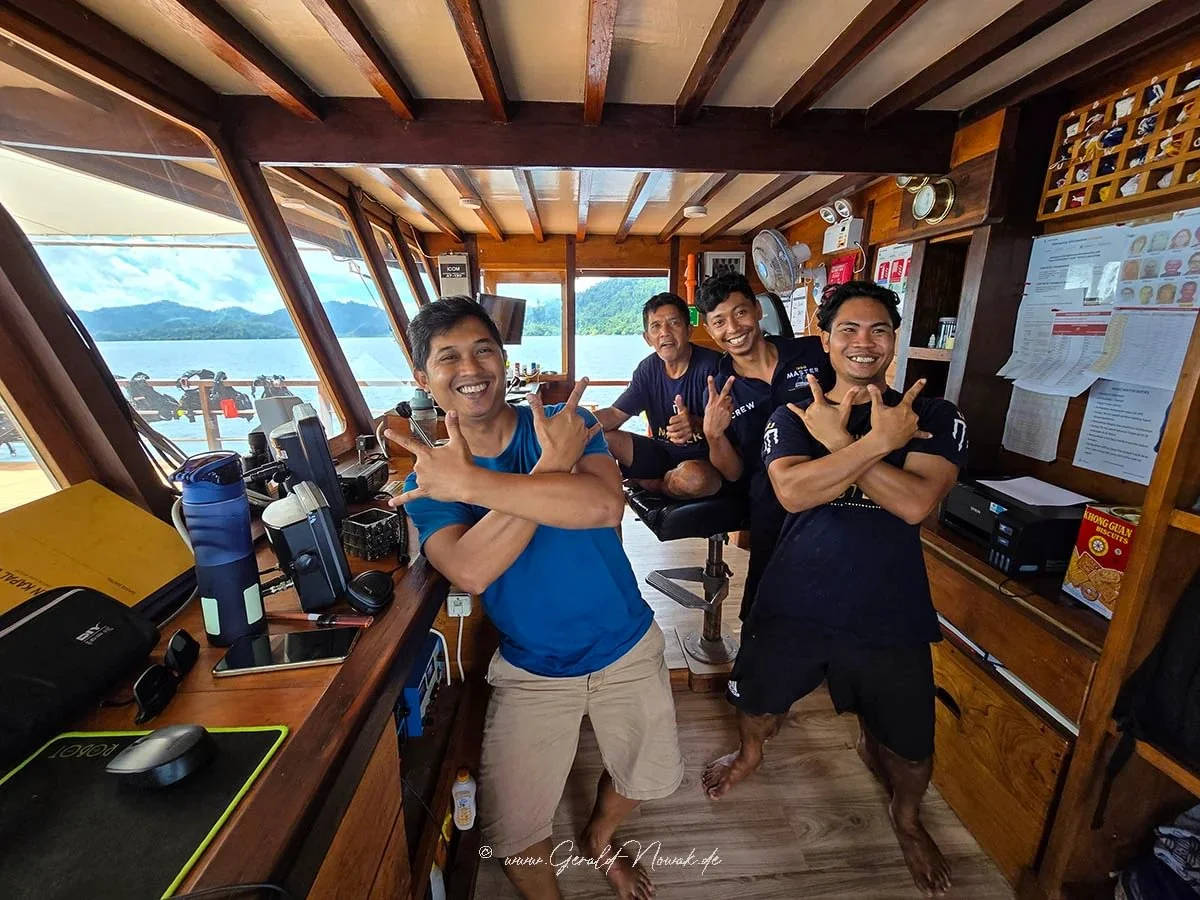The Red Sea can be a very treacherous sea for vessels so it is no surprise that it is full of wrecks. There are plenty of iconic dives to look at, but in this article we will explore one of the most famous ones, the SS Carnatic wreck.
The history of the SS Carnatic
Before the Suez Canal existed, how did you go to India from the UK? You could go the long way round Africa but there was a quicker and much more fuel-efficient route for the new steamships of this era. Steamships were a novelty in the late 19th century and the technology at the time did not allow the boats to go round the Cape of Good Hope.
So, you needed to make your way to Suez (“only” crossing the channel, the entire European continent, the Mediterranean Sea followed by camel ride from Port Said or Alexandria to Suez!) and board one of the vessels which operated the line Suez-Bombay.
The SS Carnatic was one of these passenger, mail, and small cargo vessels operated by the P&O Company (Peninsular and Oriental Steam Navigation Company). She was running the routes Bombay-Suez, forth and back.
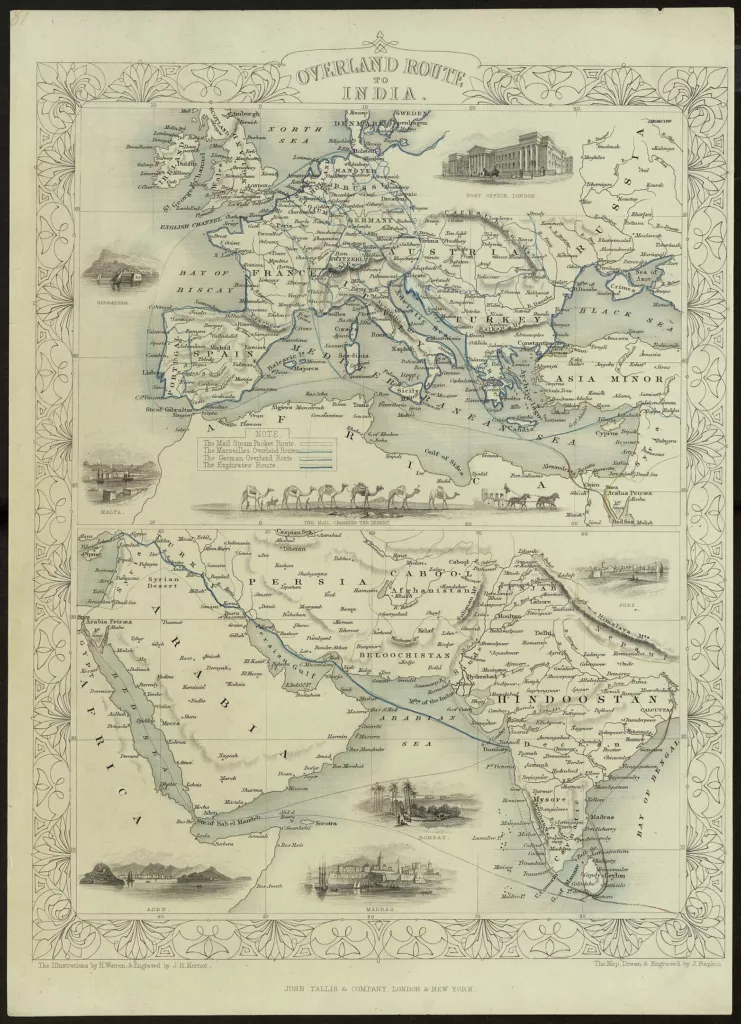
The birth of the SS Carnatic
She started her life on the Isle of Dogs in London and was launched in in 1862. Interestingly, she was one of the first British steamships to use a compound engine. This “new” type of technology meant you were using a lot less coal, rendering travel cheaper. It was really unusual at the time she was built – you can consider her an engineering innovation!
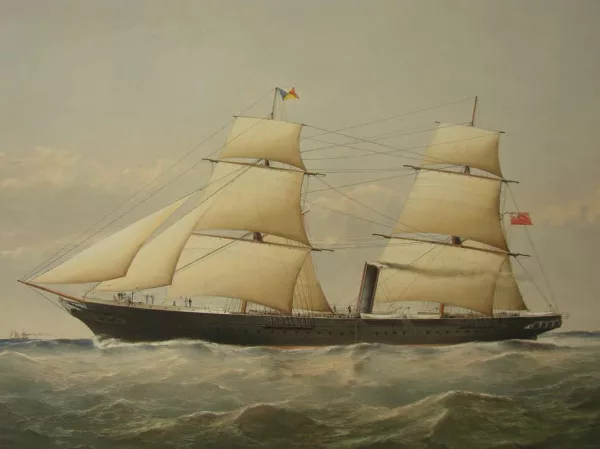
P&O had a fleet of compound-engine steamships operating these routes (and beyond to China) and they named them all for cities or region in India. The others were the Poonah (1863), the Golconda (1863), and the Baronda (1864). Carnatic is actually a colonialist name of a region in Southern India.
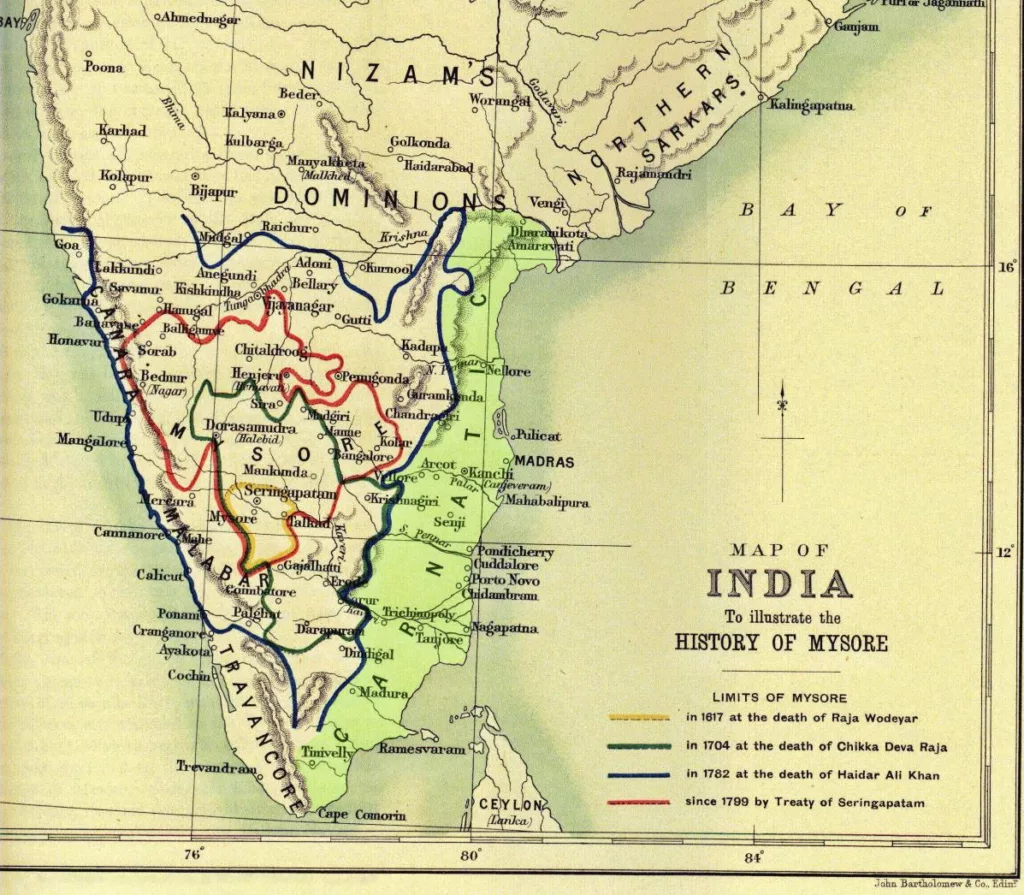
How did the Carnatic become a wreck?
P&O used the SS Carnatic to operate the route Suez-Bombay until her demise in 1869 on 14th September. The irony is that it was just months before the Suez Canal opened.
On her last fateful voyage, she boarded 34 passengers, 176 crew members as well as a cargo of cotton bales, copper sheeting, wine, Royal Mail and £40,000 worth of gold (well in excess of £1,000,000 in modern terms!) The gold was destined for the Indian Mint.
She left Suez on 12th September 1869 at 10:00am. Captain Jones personally negotiated the long narrow confines of the hazardous Gulf of Suez and remained on the bridge to give his personal attention to every detail of navigating his vessel safely. As Captain Jones was not a trusting character, he stayed on the bridge well past midnight, drinking a vast amount of coffee.
The night was clear, with a slight following breeze and all the landmarks/headlands and navigation lights were clearly visible. More importantly, the headlands and islands through which the SS Carnatic plotted her course, were all visible. At 1am, the Second Officer sighted Shadwan Island – dead ahead. The Master altered course slightly the course but 18 minutes later, they spotted breakers over a reef. They tried to correct the vessel course but it was too late and the SS Carnatic struck Shaab Abu Nuhas Reef.
On top of a reef
The vessel did not sink and Captain Jones, after checking everything thoroughly, was content that the pumps could handle the water coming in. He took the decision to keep all crew, passengers and cargo onboard.
At daybreak, Captain Jones re-assessed the damages and ordered the crew to throw some of the cotton bales to lighten the ship and help with the water ingress. He was hoping to refloat her with the the tide. Captain Jones was not panicking. He knew that another P&O vessel, the SS Sumatra, was due inbound to Suez. He was expecting them at any time and was hoping to be rescued that same day. Some passengers asked to disembark onto Shedwan Island, but Captain Jones refused the request.
They kept watching all day for the SS Sumatra, but the vessel did not show. As night fell, some passengers asked again to disembark, but again Captain Jones refused. Life onboard continued as normal and officers and passengers dressed for dinner (which apparently was sumptuous!)
Unfortunately, in the night from 13th to 14th, at 2am, the level of water reached the boilers. They were left with no power and no light. Again passengers asked to disembark as panic was starting to mount. Again Captain Jones refused on the pretense that the SS Sumatra would be there shortly.
By daybreak, on 14th, the weather worsened and water entered more rapidly, filling the vessel. Captain Jones finally realised the SS Carnatic was lost and ordered to abandon ship.
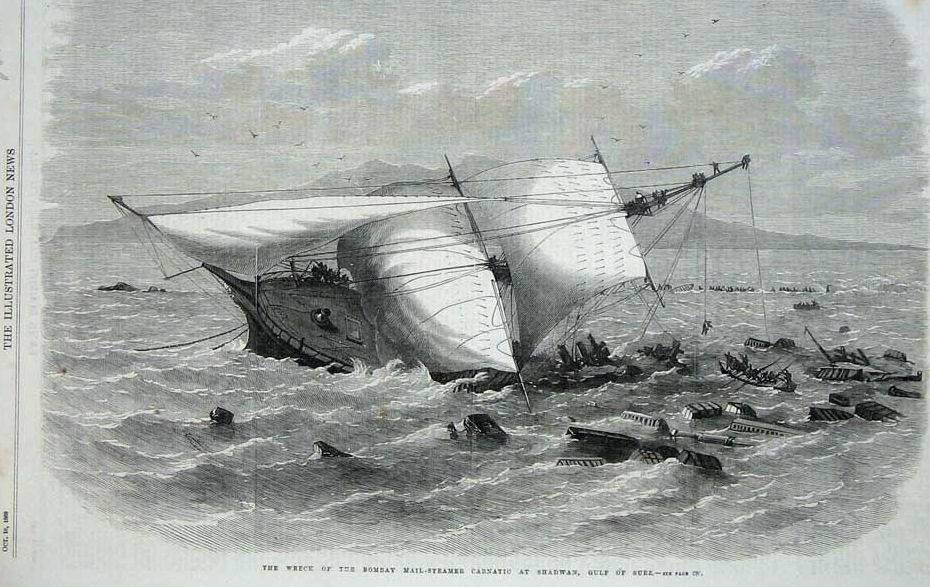
Illustration published in The Illustrated London News, 16 October 1869.
Abandoning ship
It was not until 11am that he allowed the first passengers to begin to disembark. Tragically, for some, it was too late. As per the tradition of women and children first, the three ladies and one child on board had just taken their seats in one of the lifeboats when the Carnatic suddenly broke in half.
With her stern broken, the aft section sank quickly, taking 5 passengers and 26 crew with her. Instantly, much lighter, the fore section fell over onto its port side and also began to slip off the reef. The lifeboats stayed for a while collecting what they could, including survivors. After rowing to the nearby island of Shedwan, they finally made it onto dry land just as the sun set.
Fortunately, several jettisoned bales of cotton had washed onto the island. As they were packed so tightly, they were still very dry inside. The survivors were able to use it to stay warm and there was so much of it, that they lit a signalling fire for passing ships.
Finally, the following day, they sighted the Sumatra and she quickly responded to the only signal rocket fired. The Sumatra rescued the survivors and brought them back to Suez.
On his return to Suez, Captain Jones was recalled to England to face an official Board of Enquiry. The enquiry labelled him “a skilful and experienced officer“. However, the inquiry added that “it appears there was every condition as regards ship, weather and light to ensure a safe voyage and there was needed only proper care. This was not done, and hence the disaster.” Although Jones’s Master’s certificate was only suspended for nine months, he never returned to sea.
The salvage
As you can imagine, Lloyd’s was not very happy to hear about the incident. 1,000,000 GBP worth of gold (in todays’ value) was rather catastrophic for the insurance company. Two weeks later, they mounted an expedition to salvage the gold from the SS Carnatic wreck. Remember, this is 1869, and they are organising an underwater salvage operation – an amazing feat at the time!
The records show that they recovered all the gold, but legend has it that the wreck still contains gold. We promise you, we have been looking for years and so far, no luck.
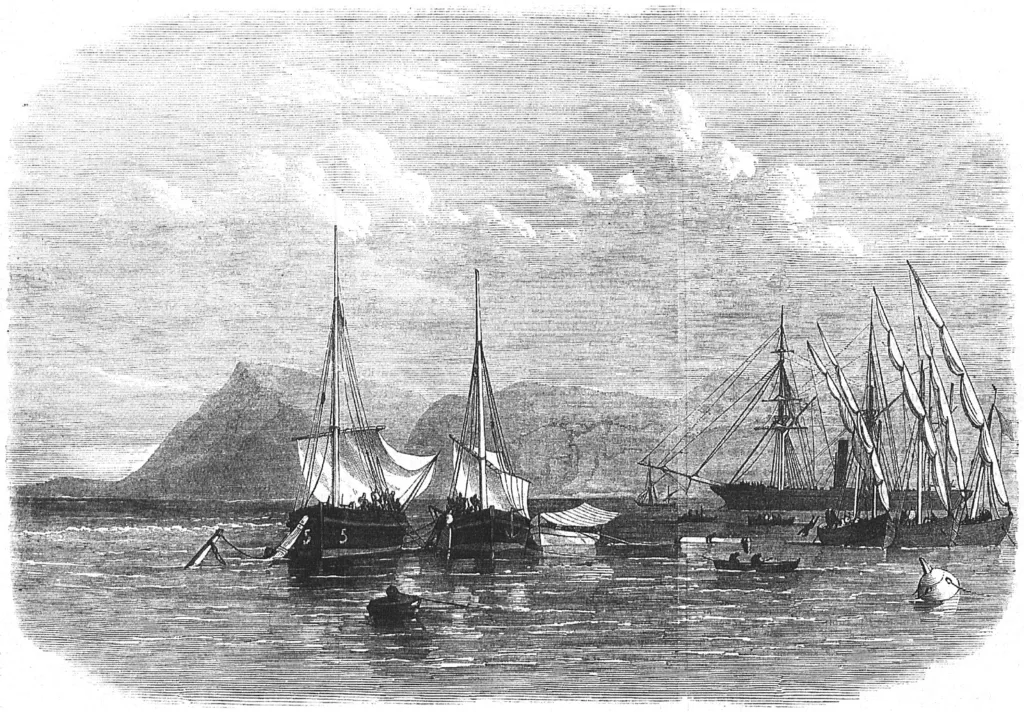
Illustration published in The Illustrated London News, 27th November 1869.
Trivia
In Jules Verne’s novel, Around the World in Eighty Days, Phileas Fogg intends to take a steamer named Carnatic to travel from Hong Kong to Yokohama, but misses it. His valet, Passepartout, catches the ship, however.
Today: dive the wreck of the Carnatic
The wreck was officially re-discovered in 1984 and is one of the wrecks that you simply have to dive if you visit the Red Sea. She sank at Shaab Abu Nuhas (Arabic: Shaab = reef – Abu = father – Nuhas = copper) which gained its name to just be dangerously near the Suez Canal entry/exit routes and is home to at least 7 wrecks! You can read more about Abu Nuhas and the wrecks there in our Abu Nuhas article. We normally moor in the sheltered lagoon and we use the tenders to drop you right over the wreck.
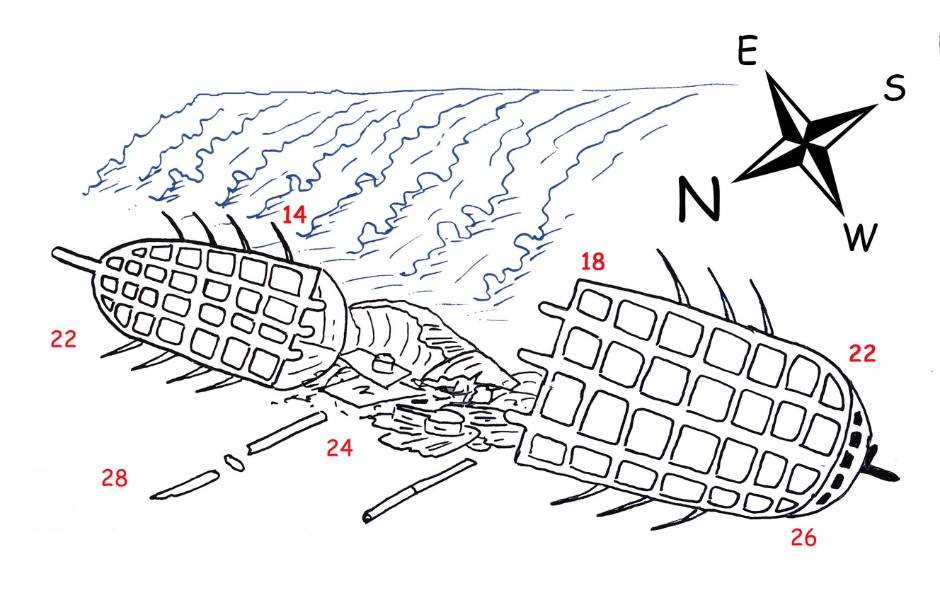
The SS Carnatic wreck lies against the reef on the sandy bottom on her port side between 26 and 22m.
Your dive will get you to cover the three distinctive parts: the aft (intact), the mid-section (the most damaged section) and the fore section (also intact).
The dive
We normally will start by the stern section of the wreck of the SS Carnatic as it is the deeper part. As you get there, do not miss the impressive propeller and rudder this ship had!
We also recommend getting away from the wreck a little to get a full view of the impressive aft section. This is a finely moulded stern with a single row of seven square windows facing aft. It will instantly remind of the galleons from Nelson’s day. The wreck, as we mentioned, is also an impressive example of naval architecture. It was a time where traditional vessels were adapted for steel construction and there are very few vessels left in the world showing this era. Make sure you do not miss the giant rudder and the one feature that certainly was never a part of that earlier era – a large three-bladed propeller.
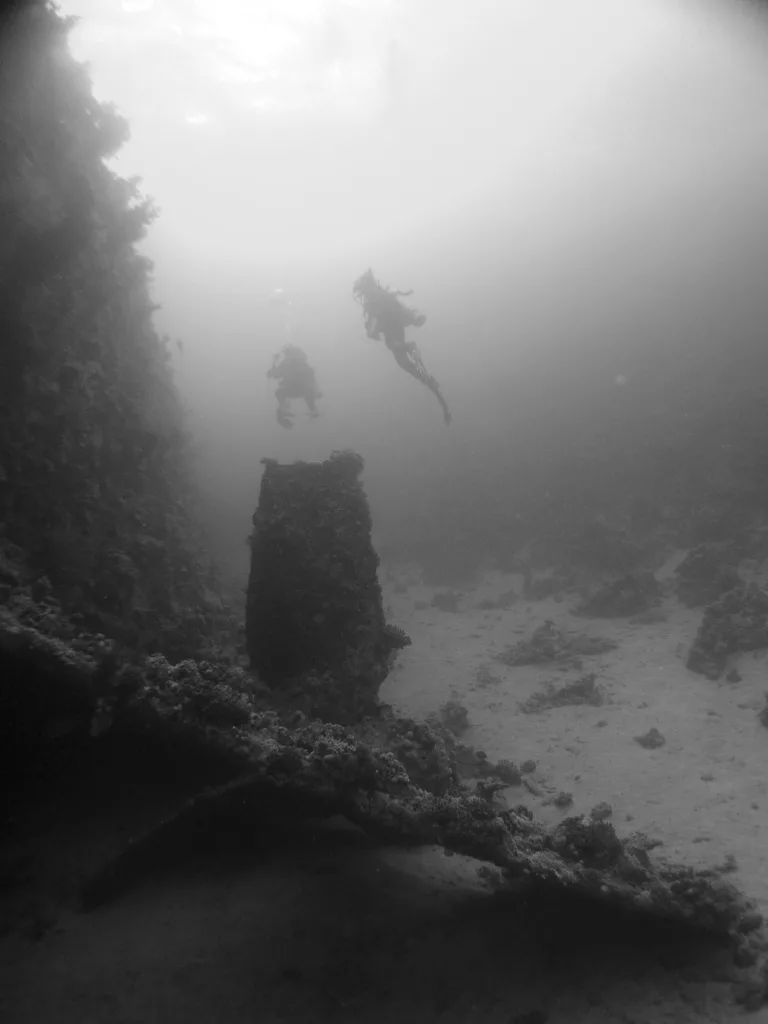
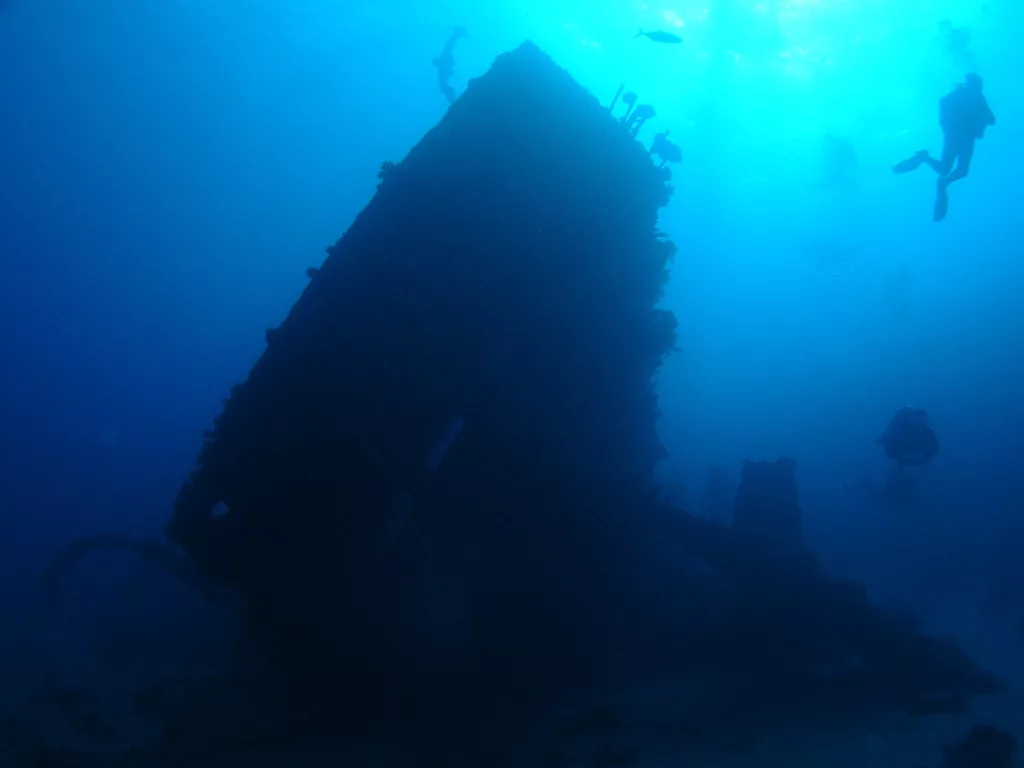
Coming round, you can explore the stern section. The wooden structure has of course rotted away, but you are left with the supporting beams and you can easily enter within the wreck as there is plenty of light. The wreck as you will have guessed by now is extremely photogenic!

After exploring the aft section, you can have a look at the remains of the mid-section and still see the massive boilers from the engine room as well as the masts extending into the depth and lying on the sea bed.
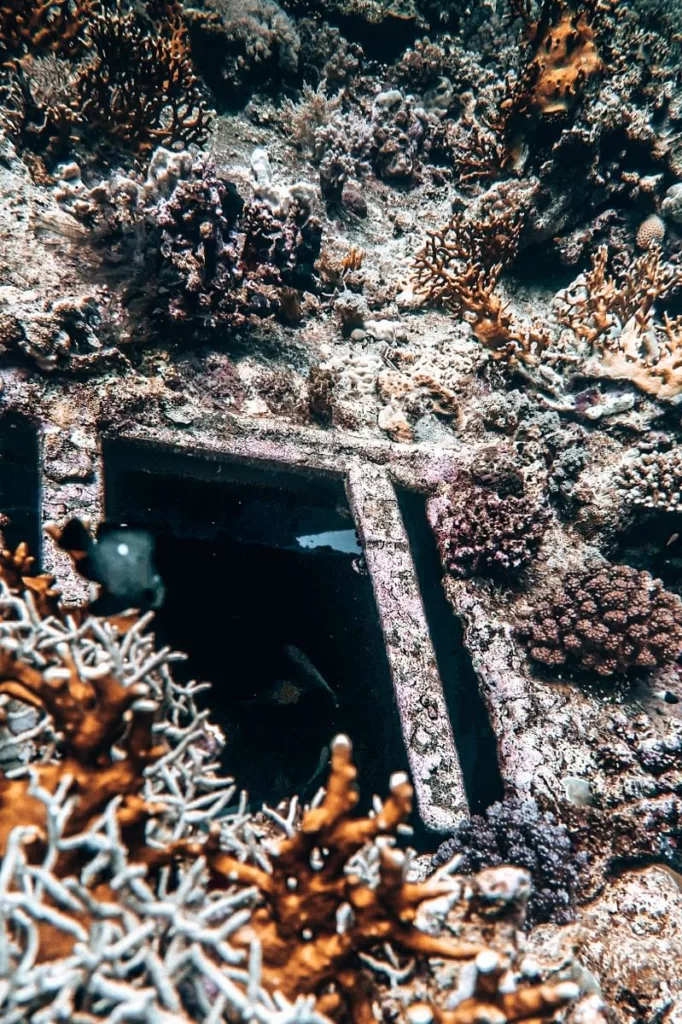
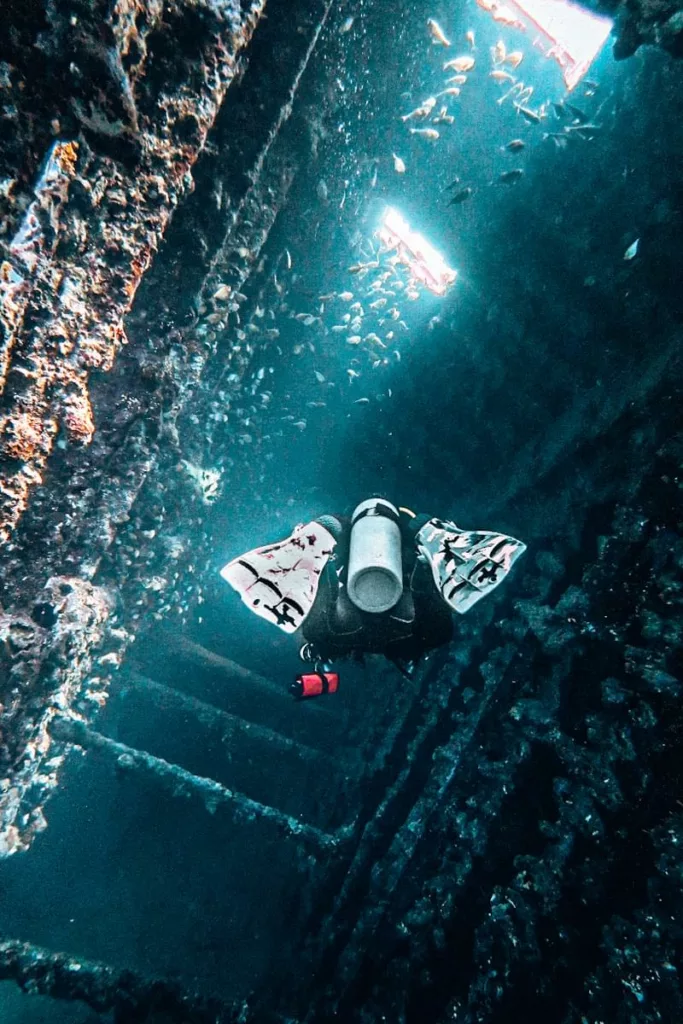
Wine instead of gold
You can then finish your dive on the bow section. Again with the decks rotted away, you are able to penetrate and you will find on the seabed remains of glass bottles. These bottles gave the Carnatic wreck the nickname of the “wine wreck”. When the Red Sea wrecks were first re-discovered, no one really knew most of their names and so local divers gave them nicknames.
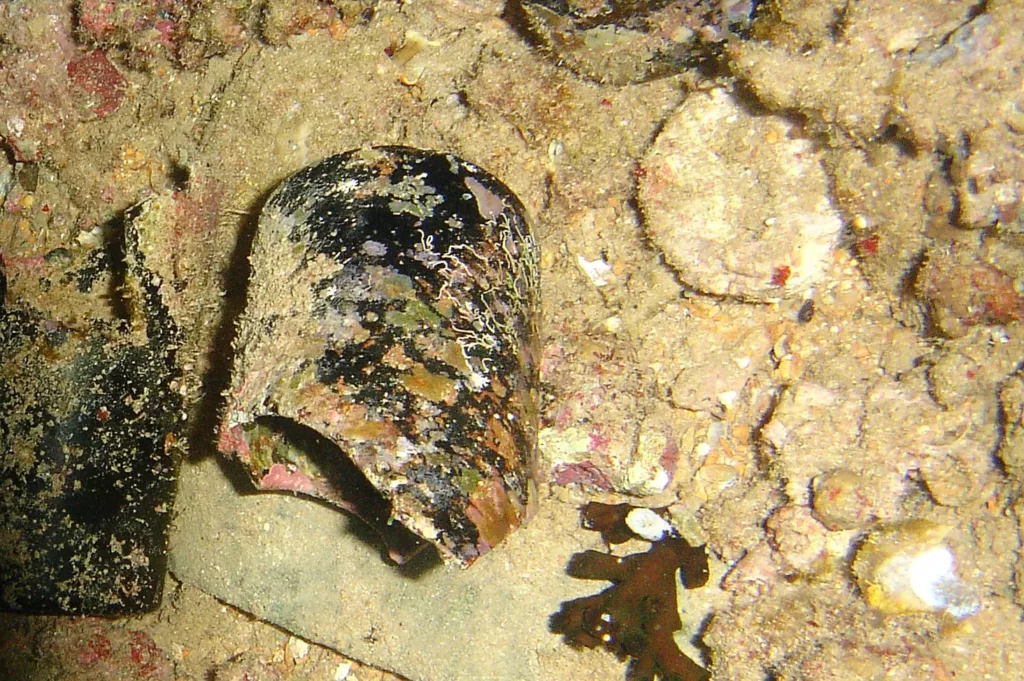
You can finish your dive right at the bow where there is the large copper ring that once held the bowsprit. This lies just behind the curved metal bowsprit support – underneath which was once the figurehead. When viewed from ahead, it is easy to see the SS Carnatic‘s fine, sleek lines – even today.
Don’t forget to finish off your dive shallower with a view from the top and do not miss the iconic lifeboat davits and the unusual square portholes.
Marine life on the wreck of the Carnatic
Since the wreck has been underwater for a while, she has become a reef. You will see tons of soft and hard corals as well as lots of familiar reef fishes. Groupers and lionfishes seem to like her as a home! But you can also see the likes of crocodile fish, moray eels, glass fish, and even sometimes macro life such as nudibranches.
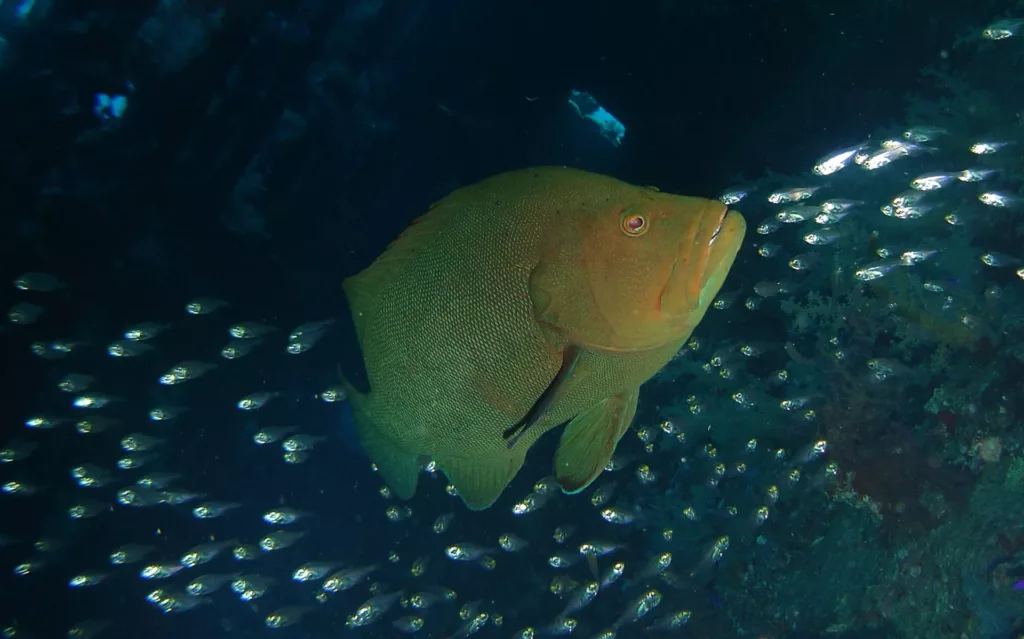
In conclusion
The SS Carnatic wreck may not be the most exciting wreck dive you will ever do, but she is one of the only examples of a ship of her time to be found underwater anywhere in the world – and for that alone she is well worth the visit. The Carnatic’s history is fascinating and, due to her time underwater, she is now a reef too! Please spare a thought for those who lost their lives in the sinking and do not collect souvenirs.
Join us in the Red Sea to get your chance to dive the wreck of the SS Carnatic, and many more. Contact our team or even better, book right now online.
About the Author
Written by:
Frederique Morisod
